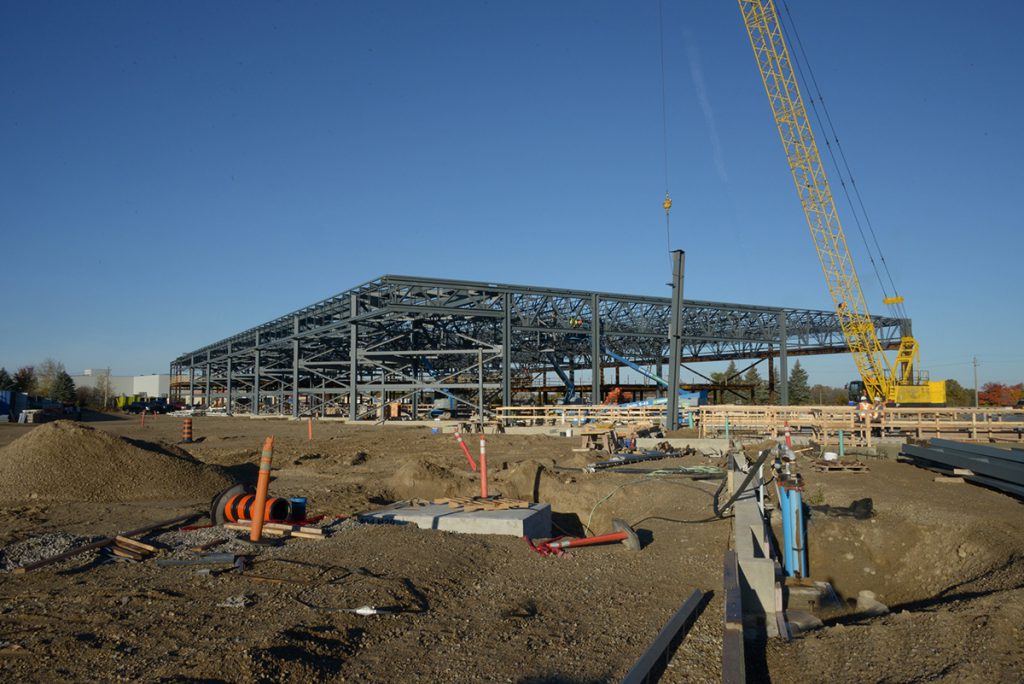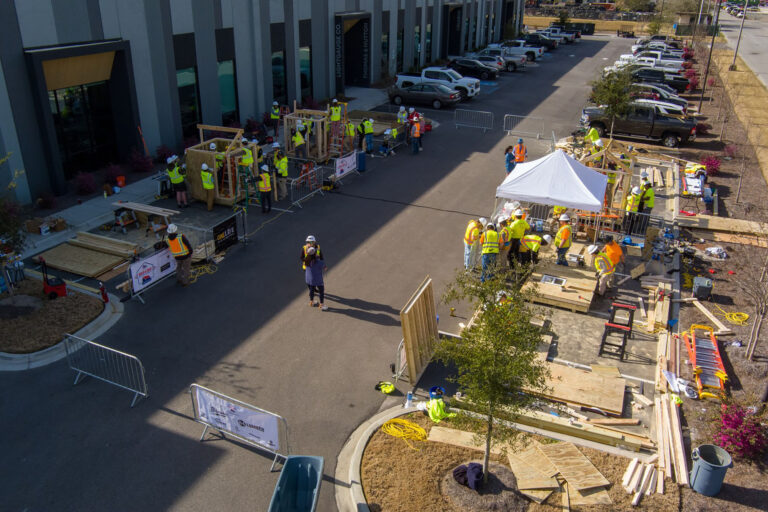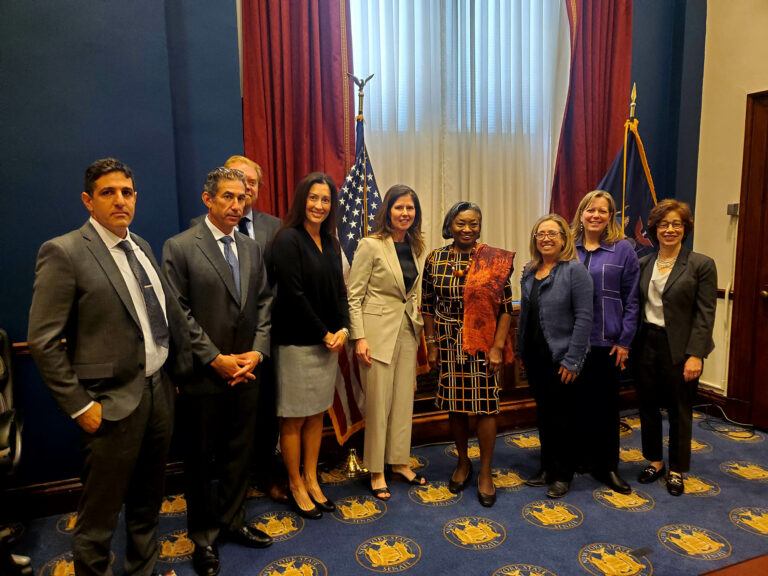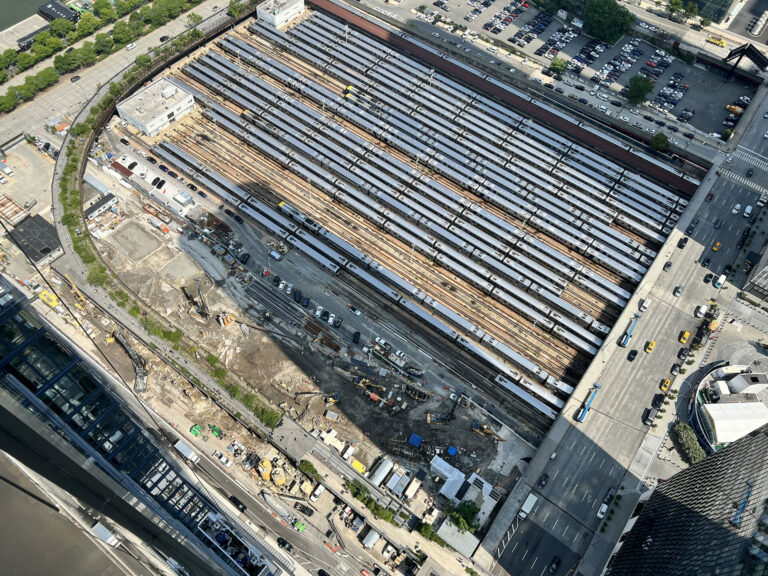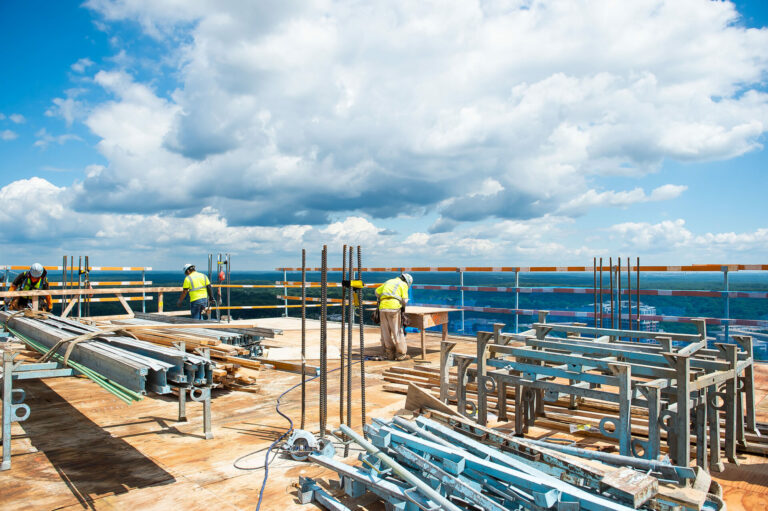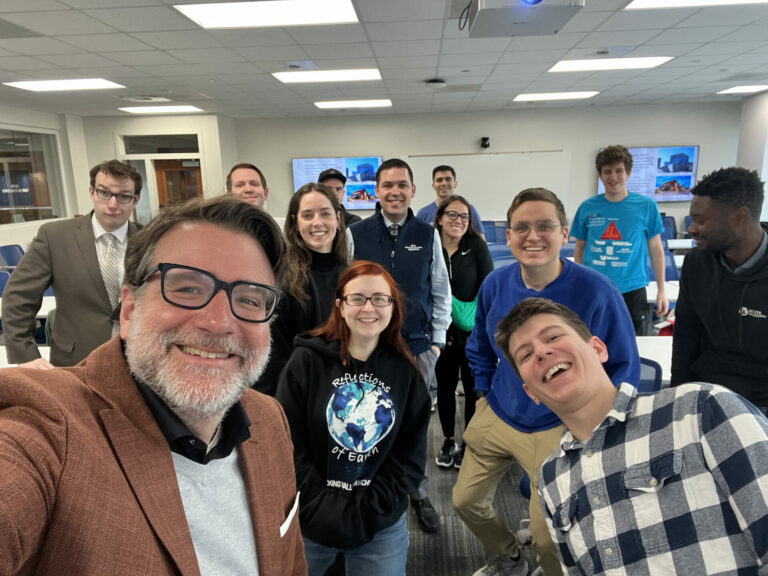Every aspect of modern society now seems to be striving for greatness, momentum, and innovation. From every vantage point, the message is the same: take what you have learned, push it forward, and strive to do better. Despite this constant pressure, construction has remained an outlier. Our industry – notwithstanding the high level of design, skill and originality – was founded on some very simple, fundamental rules and principles. Buildings need to be built in such a way that they remain structurally sound, pipes require secure fittings, wiring needs precision and care; these elements of construction do not vary. These are constants in a world of change and it is this need for consistency that drives organizations like the Ontario General Contractors Association to maintain such high levels of support, diligence and dedication to both the industry and its members.
The OGCA was conceived in 1939 by a group of eleven General Contractors and has, for more than 82 years, supported its members by assisting them to deliver excellence in both construction and safety across the Industrial, Commercial and Institutional (ICI) sectors. Currently, the associations’ members account for around 70% of all of Ontario’s ICI projects, while offering guidance and assistance to small, medium and large firms. However, while the basics of building may remain unchanged over this period, the landscape of construction in Ontario has moved on considerably. The rationale for setting up the association, according to Giovanni Cautillo, president of the OGCA, was to bridge the gap between national and regional associations on all issues affecting general contractors with both structure and safety in mind. “There was a contracting community at the time that saw a need to get together and have a voice. The need is still very prevalent today, for standardization when it came to ensuring that builds were done similarly. You don’t want any shortcuts, especially when it comes down to anything that could jeopardize the structure and the integrity of that build. Another reason is to fulfil the need for safety. We want to take every precaution necessary to ensure that every worker goes home safely. That was one of the predominant principles that dictated the General Contractors Association.”
“We want to take every precaution necessary to ensure that every worker goes home safely.”
Fast forward to the modern construction industry where the OGCA now looks after the interests of around 200 individual member companies. While the goals of ensuring uniformity and maintaining levels may have been a relatively simpler one in 1939, the challenge of helping to coordinate an enormous industry must now be a very different beast. Where the association now fits is by working collaboratively with the Government of Ontario on behalf of Ontario’s general contractors in many key areas. These include removing red tape and other encumbrances for general contractors, focusing on the overall infrastructure supply chain and its optimization through full transparency and communication. According to Giovanni, ensuring that standards are maintained is quite a cyclical process which is equally informed by those on the ground as it is those in government. “The General Contractor community starts off with best practices. We get together and formulate what works well for the ICI sector. From that, you have health and safety agencies, associations or governments that make it part of their mandate through legislation or regulation, but all initiatives ultimately start from within the industry.”

By meeting the needs of the industry, it is important to ensure its long-term viability. Furthermore, it is impossible to view the sustainability of construction across the region without attempting to address the ongoing skilled worker shortage. As part of the association’s commitment to supporting the industry as a whole, the OGCA has been actively involved in this matter for over a decade, both by working closely with BuildForce Canada, who provide national workforce statistics for construction and who highlighted this matter close to a decade earlier, and by working to attract new entrants to careers within the industry. The work involved in this is not exactly straightforward. Generations of entrenched views around the construction trade have led to what Giovanni believes is a type of stigma and one which is incredibly misguided. “I need to give you a very blunt answer. It’s the stigma that construction has. I have met some of the brightest, most innovatively creative individuals in construction, and they’re all incredibly smart. I think that construction should be looked upon on par, as being equal to law or medicine. You go to school for upwards of 10 years, you get into a particular field and then you specialize. Construction is no different, but it doesn’t take you 10 years to get in. Once you get in, you can specialize in whatever you want, and the mobility aspects are huge.”
While these beliefs may well hold some truth, the challenge of changing embedded views relating to education and career paths may be one of the most difficult that the OGCA has had to face. While there is scope to promote the industry through career guidance and school visits, it seems as though these methods are not improving the situation for businesses. It is useful therefore, to have real world evidence to back up these claims. For Giovanni and those at the association, their experience of dealing with, and working through, COVID-19 can be used as a type of case study. “The general public has to understand that construction is a very lucrative career destination; it is a very satisfying career and construction is something that doesn’t go away. Case in point, construction has been, for the most part, “COVID-19 proof.” Other industries, like hospitality, restaurants and tourism and have basically dried up. There is nothing happening within those industries other than layoffs. In construction, we are still hiring. We’re still looking to hire people because construction is an industry that is a core driver of GDP. Overall, I like to think that construction has a lot going for it. We just need to showcase the reality of a career in the trades. That’s one of my biggest responsibilities.”
Should the OGCA be successful in attracting new workers to the industry, the jobs and projects are waiting. Since the pandemic, the government in Ontario has been eager to invest heavily in infrastructure projects as a means of stimulating the economy. This sustained period of investment is vital to recovery in the region. The offshoot of this is that the construction industry will benefit from a period of positivity. The message from the OGCA is clear. Sustained infrastructure investment is vital to Ontario’s post COVID-19 economic recovery. There is little doubt that investing in critical infrastructure is one of the best ways to help Ontario recover from the effects of COVID-19, as each dollar spent on infrastructure has a positive effect on the economy, and one aspect that the OGCA is keen to emphasize is that of green building. As part of his mandate, Giovanni is guiding the association towards a greater push on, and enthusiasm for, green building. “We have been talking to the Canadian Infrastructure Bank about green building and the importance of investments in the ICI sector. We are involved with both Workforce 2030 and Workforce 2050 to ensure that the labour force will be able to keep up with requirements that every new ICI structure being built will be carbon-neutral by the year 2030, and existing buildings retrofitted to be carbon-neutral by 2050. Right now we are working on the required skill sets, in order to develop the existing workforce to meet these aspirational goals.” The individuals being trained today will, hopefully, be the workforce of the future throughout the industry. Looking towards that future, the OGCA is eager to remember its past. By embracing the technological developments that have enhanced the construction industry, it is vital for Giovanni that the association does not lose sight of the value that a career in the trades can bring, and the possibility that they can change the lives of some of their members. This, he believes, is something that he has learned through personal experience. “We need a bigger, broader push to ensure that construction is seen as a viable alternative and that you can make an incredibly good living from construction. I know that myself. I’m the son of an immigrant. He was a stonemason who came from Italy, and when he came to Canada, he was readily accepted in construction because of the experience and the skills that he brought with him. Construction allowed for him to live and build a house for his family, feed and clothe his children and create a life for himself here in Canada. That’s kind of the immigrant’s dream. But we need to explain the opportunities available so that it can be anybody’s dream.”













